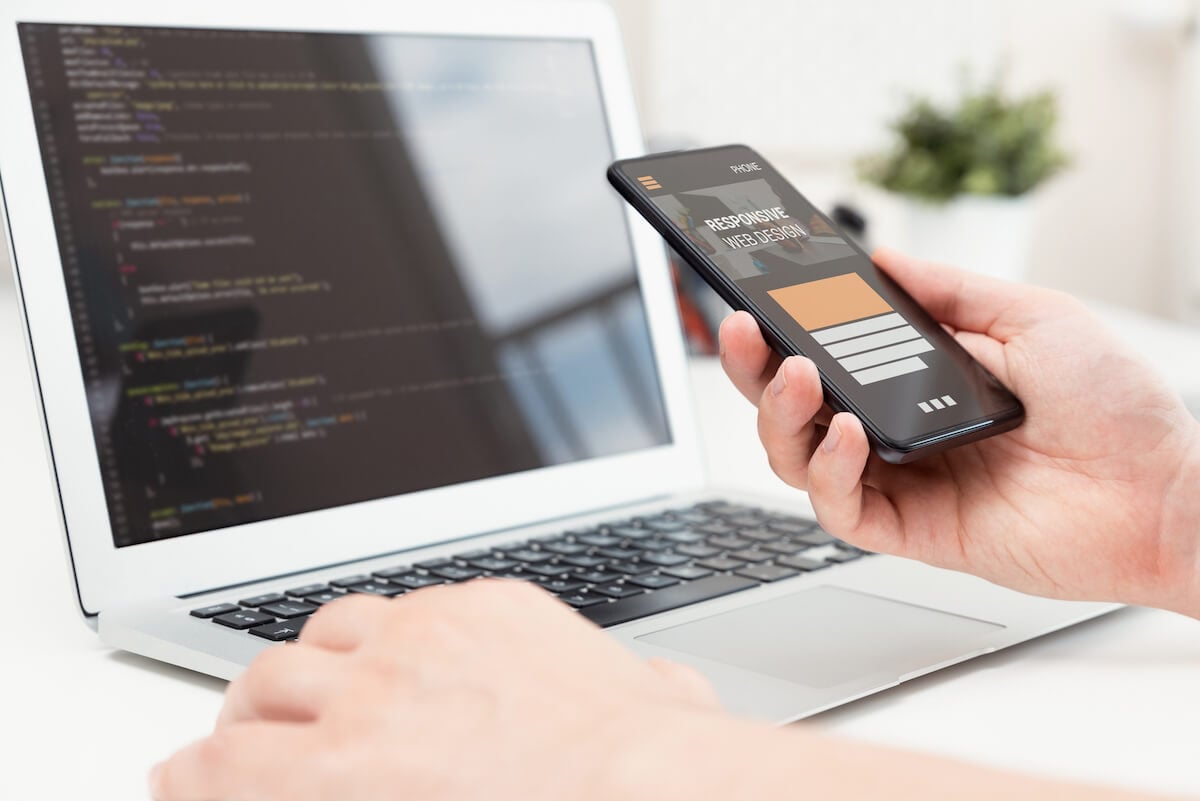As we move into 2023, many of us are beginning to implement our New Year's resolutions. If you are thinking about digital accessibility as your resolution in 2023 but are unsure where to start, this blog is for you.
Accessibility as a New Year's resolution can start with a single step. Think progress over perfection. Even the most minor improvement marks the beginning of a more inclusive digital future for your customers.
Digital Accessibility Awareness
Becoming aware of accessibility, what it means, and who needs it is perhaps the first step toward offering a universally accessible digital experience.
Different disability groups have different needs. For example, blind technology users like myself depend on screen readers to navigate the internet and require attributes such as text descriptions for images and adequately labeled on-screen buttons.
On the other hand, those who are deaf or hard of hearing can only effectively use a website or mobile application if it has features such as captions for videos and other spoken content.
Real-world assistive technology users are some of the best individuals to provide meaningful, constructive feedback on the current accessibility of a website or mobile application. These users can tell you where they are having trouble and what improvements will satisfy their accessibility needs. In addition to gathering user feedback, companies can become more aware of standard accessibility practices by consulting online resources such as webinars from reputable authorities on accessibility.
Take Stock of your Digital Assets
Once a company is aware of accessibility and what it means, you'll want to take stock of your digital assets and see where they fall in terms of accessibility. Consider your public-facing websites, apps, pdfs, podcasts, and videos your company has created. For instance, a gym may have a primarily accessible website but uploads a flyer as a pdf for a limited-time discount special, or an inn may have a pdf of the dinner menu. Your goal is to inventory the items on your website so you can address them.
To get started with testing your website, you can run an automated scan. UsableNet even offers a community one on their website- run a scan with UsableNet AQA here.
Though automated accessibility testing has limitations, it can get you started and detect some accessibility issues. This blog defines automated testing in more detail and when it may be best for companies to deploy it - read the blog, "Do free automated accessibility testing tools help or hurt compliance?."
Manual and user testing can fill in the gaps. The data collected during automated scans, manual tests, and user studies can help you scale your initiative and focus on making impactful changes.
If you are interested in focusing on accessibility testing as part of your 2023 resolution - check out UsableNet's free ebook on accessibility testing.
Preparing to Fix Accessibility Issues
As a blind user, I want businesses to prioritize the high-severity issues on the pages I'm most likely to visit. Many companies will have a web designer or team that manages and maintains your website- they should be able to remediate the issues found.
If your company does not have the resources to handle the remediation efforts, it may be a good idea to engage an external partner specializing in digital accessibility. An experienced accessibility partner can provide a guiding hand during the accessibility journey.
Do your due diligence. If a company has a solution that seems too good to be true- it probably is. I'm interning here at UsableNet, and they have a variety of technology and services to help companies remediate and maintain digital accessibility. Not only that, but UsableNet has assisted companies across industries during their 20+ years in accessibility.
Read this blog for 19 questions to ask a website accessibility partner.
Accessibility as a Company Culture
Your New Year's resolution may be to begin an accessibility campaign, so start thinking about ways to make accessibility an integral part of the company culture, not only for designers and developers but for all departments of the company, including executives and managers.
A great way to do this is to require accessibility training for your employees. View this blog on how to conduct WCAG training across your organization
For designers and developers, accessibility should be considered a feature of a site or app rather than a retroactive add-on. In addition, accessibility should be an ongoing program rather than a short-term project. Each day of work and progress moves you one step closer to becoming a fully accessibility-minded company.
Digital Inclusion in 2023
The new year is upon us, and resolutions are in full swing. Instead of thinking of this year as a race to try and fix all of your accessibility flaws in 365 days, consider it a year of progress. Wherever you are in your accessibility journey, if you've read my blog this far, I hope you consider making 2023 a year you work on digital inclusion and accessibility.
I'm passionate about digital accessibility because it impacts me daily as a blind screen reader user. If you are looking for expert advice, check out UsableNet's website accessibility checklist. Download the digital accessibility checklist for free here.
This is a guest post from our marketing intern, Michael Taylor. This post reflects his opinions and experiences. Read more about Michael and some of his other posts on his experience online here.






